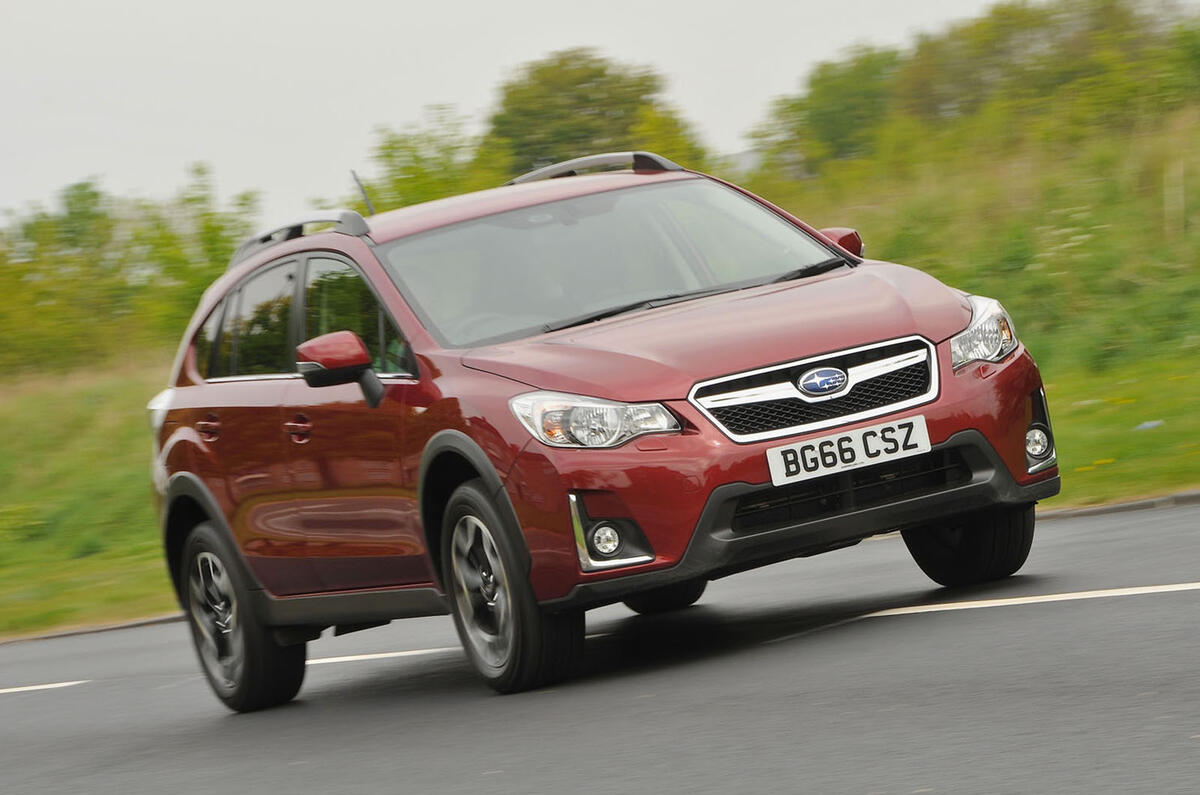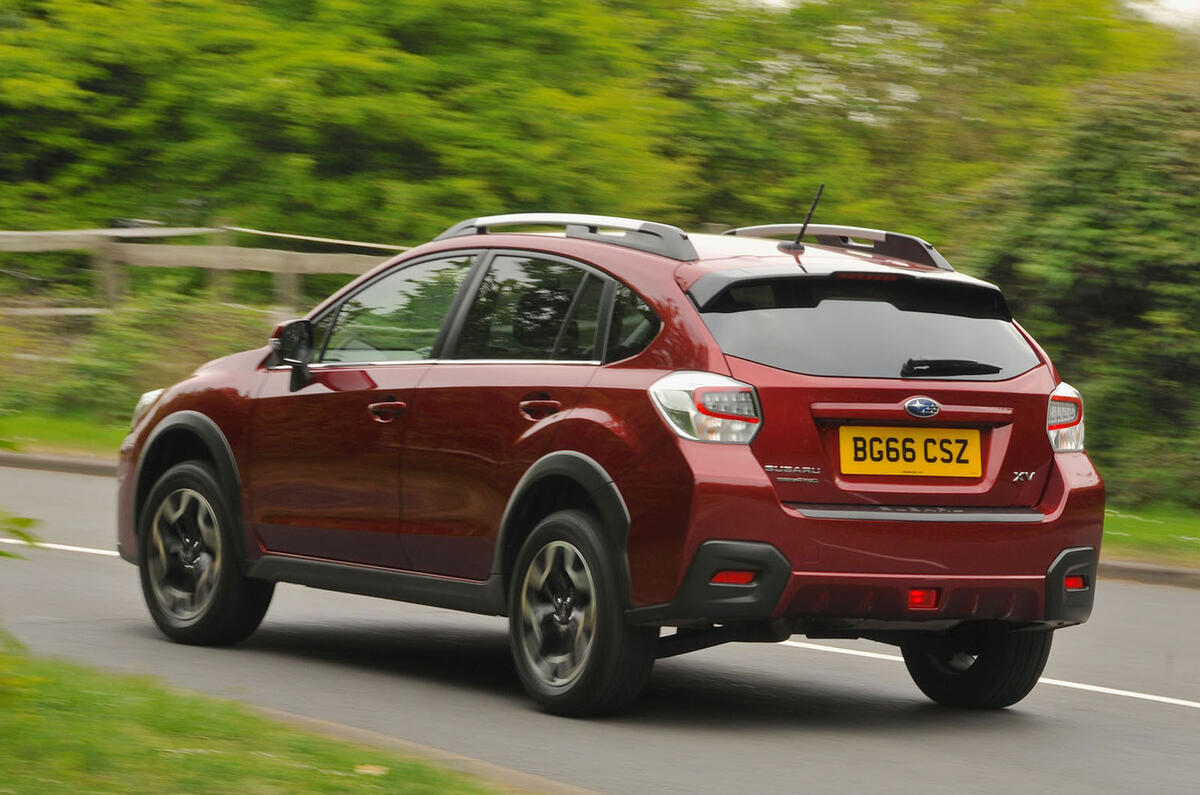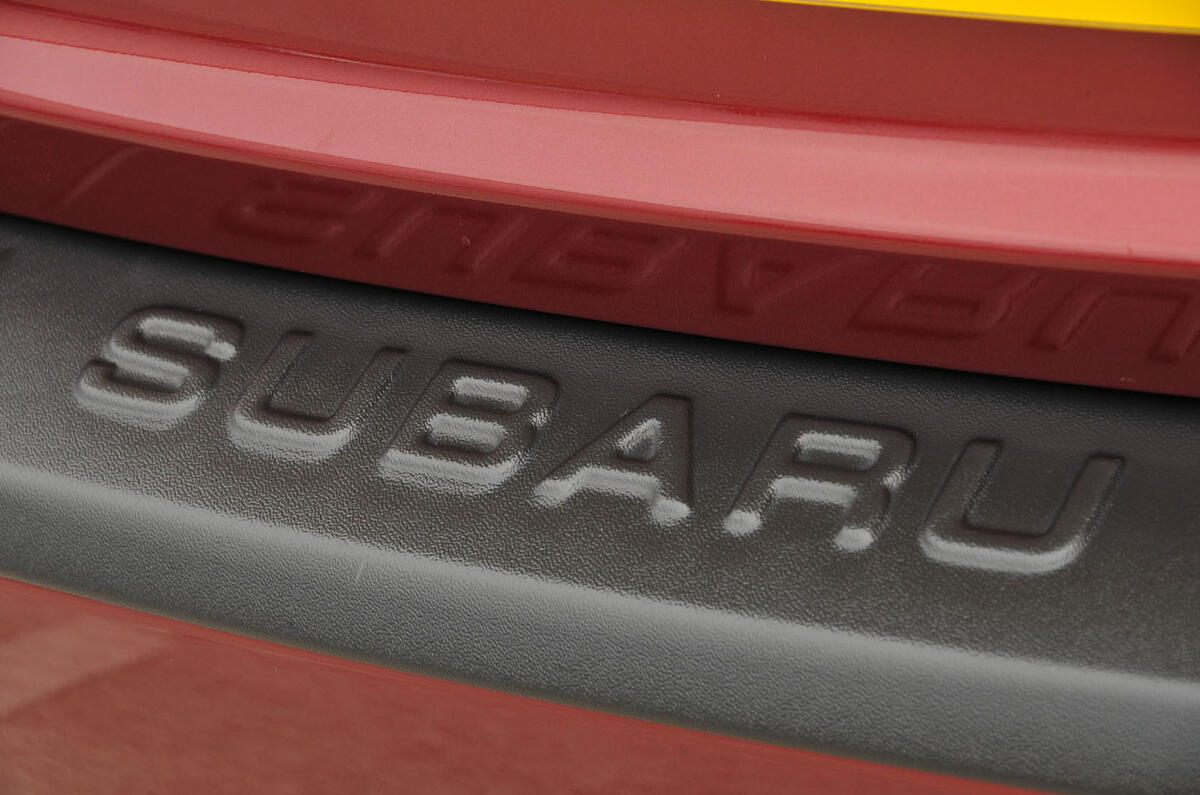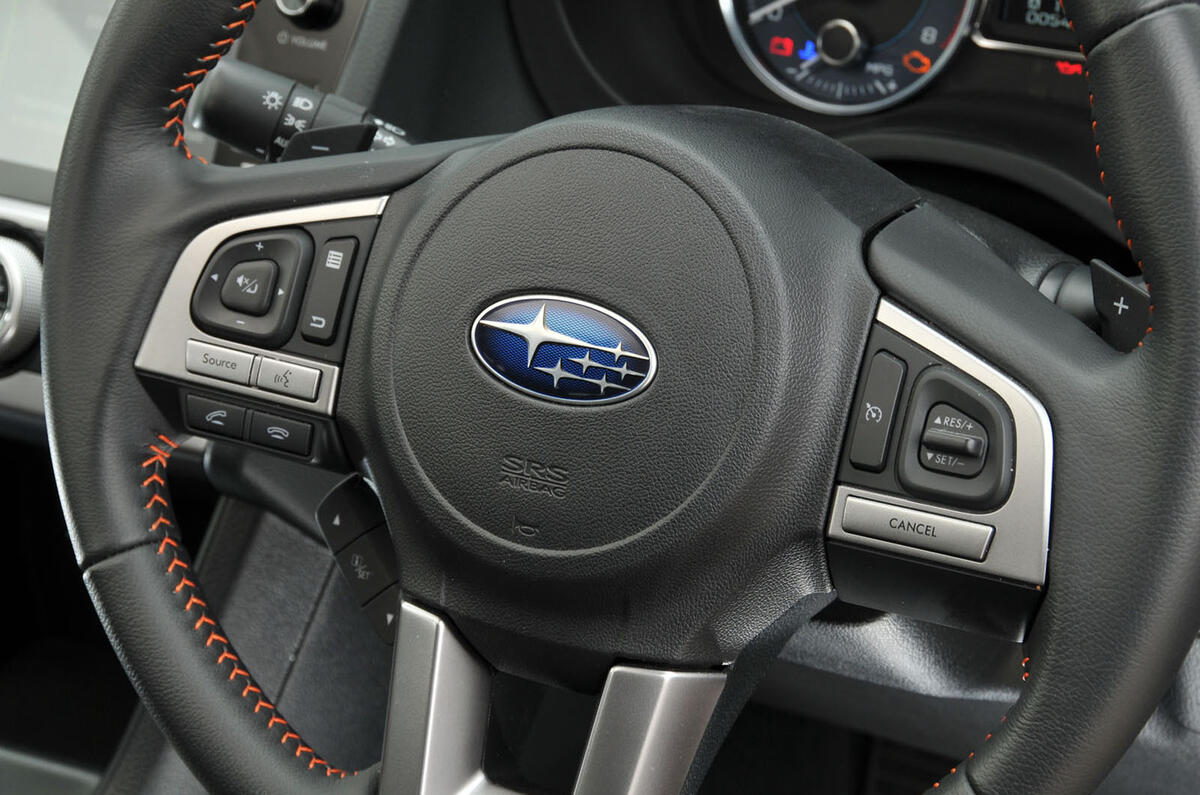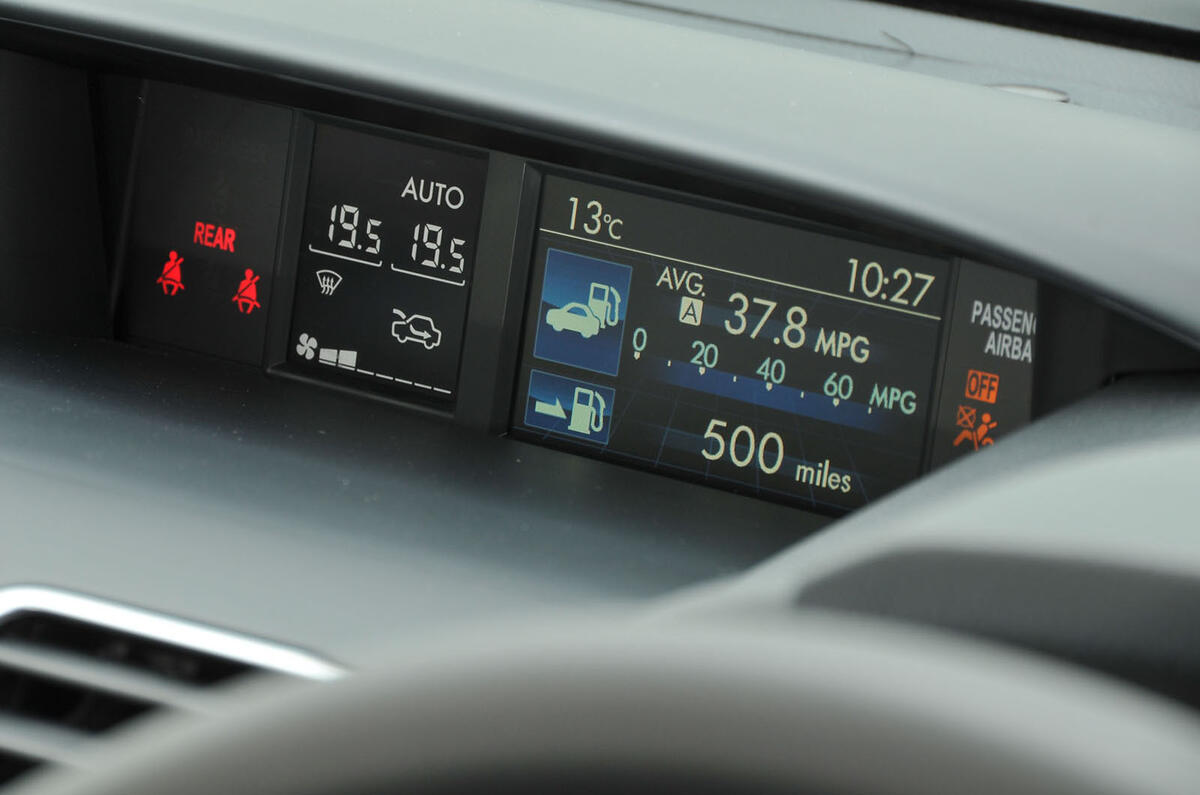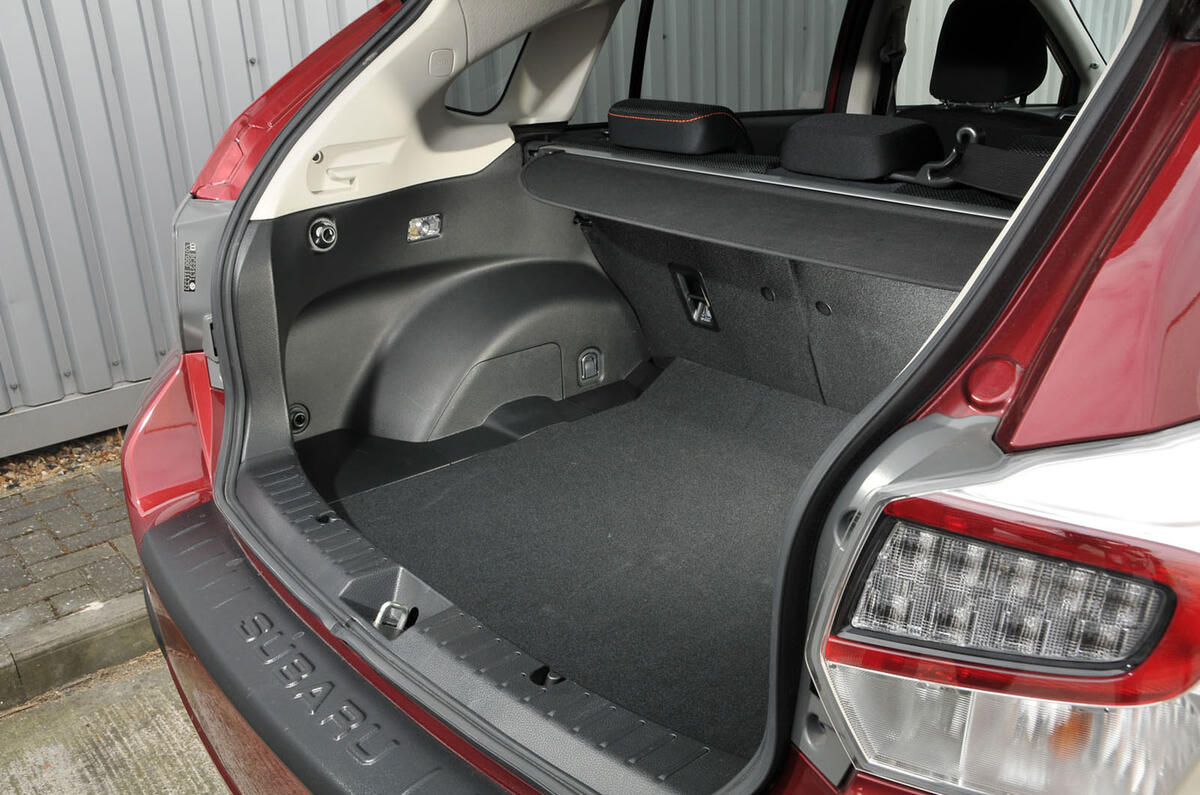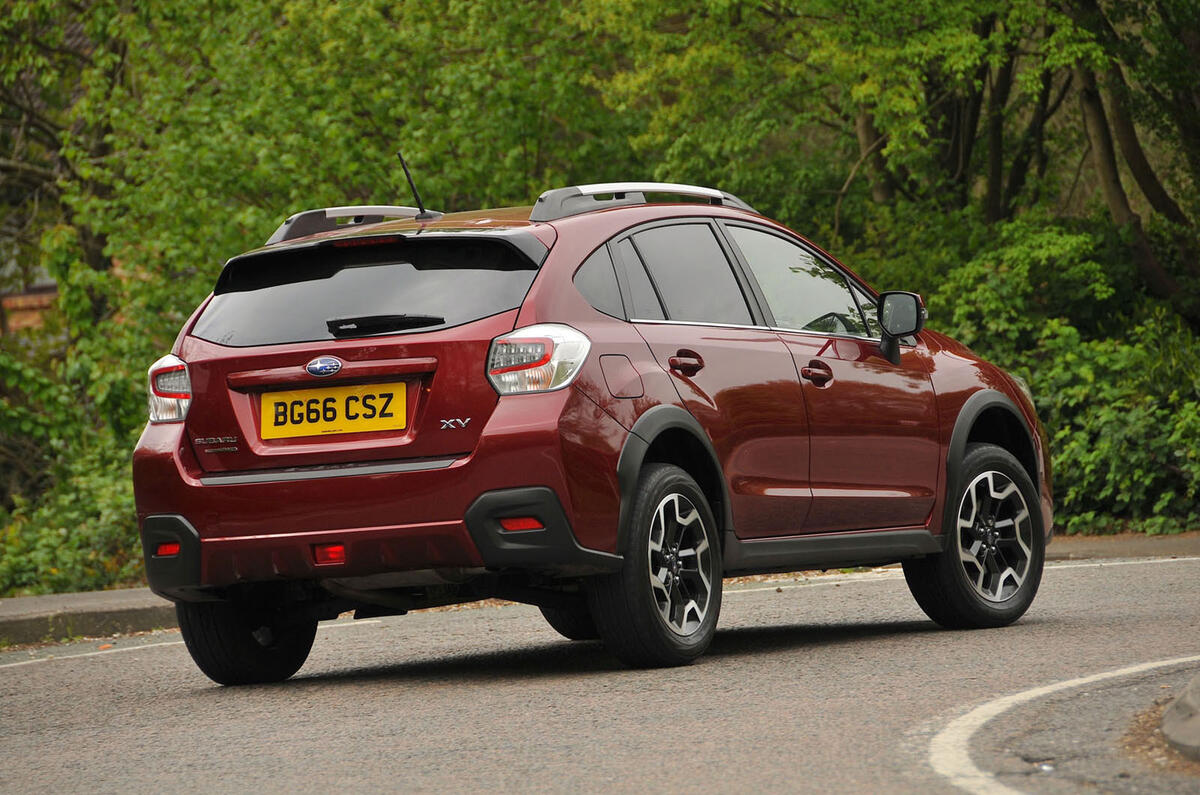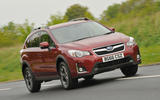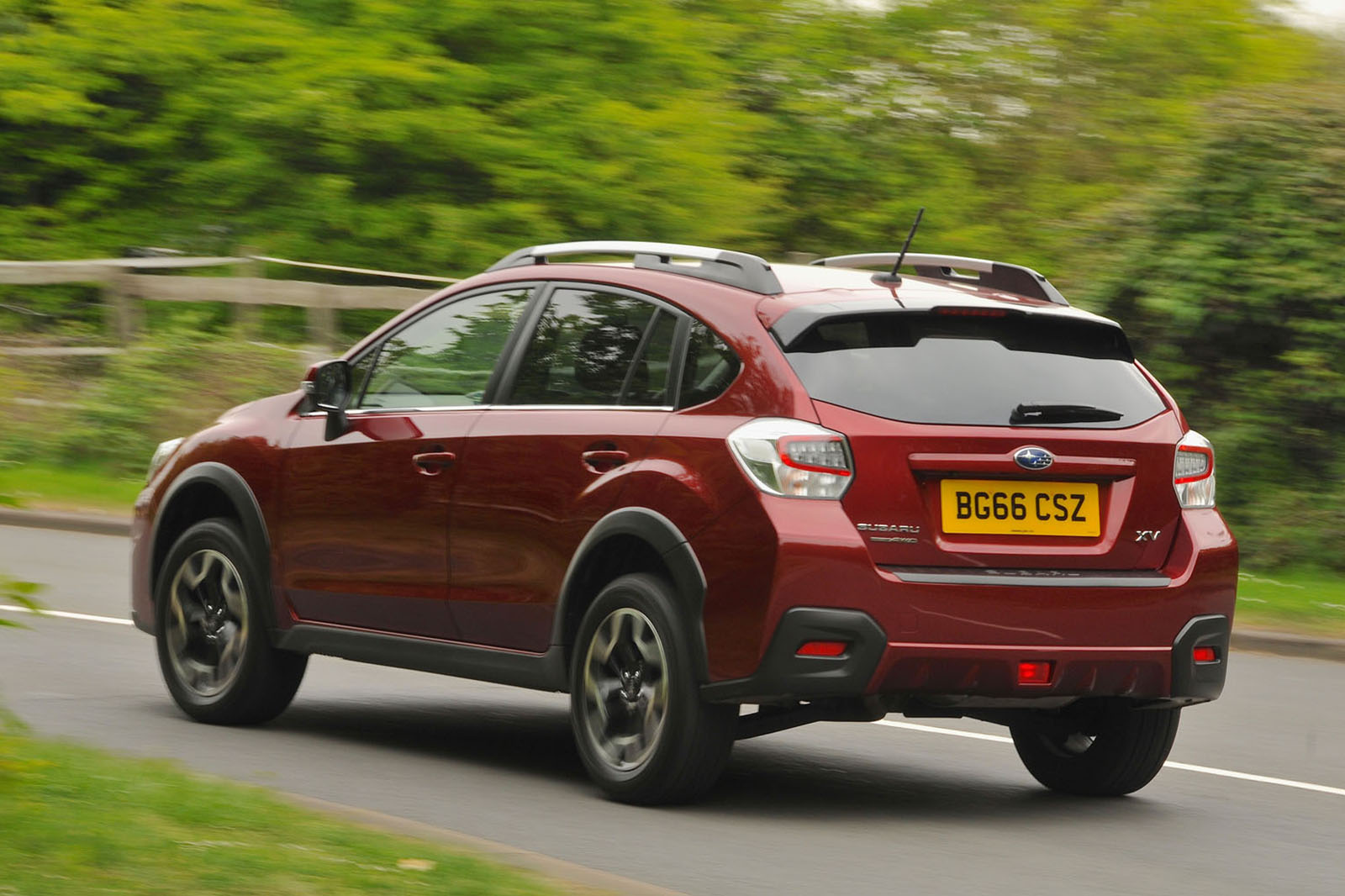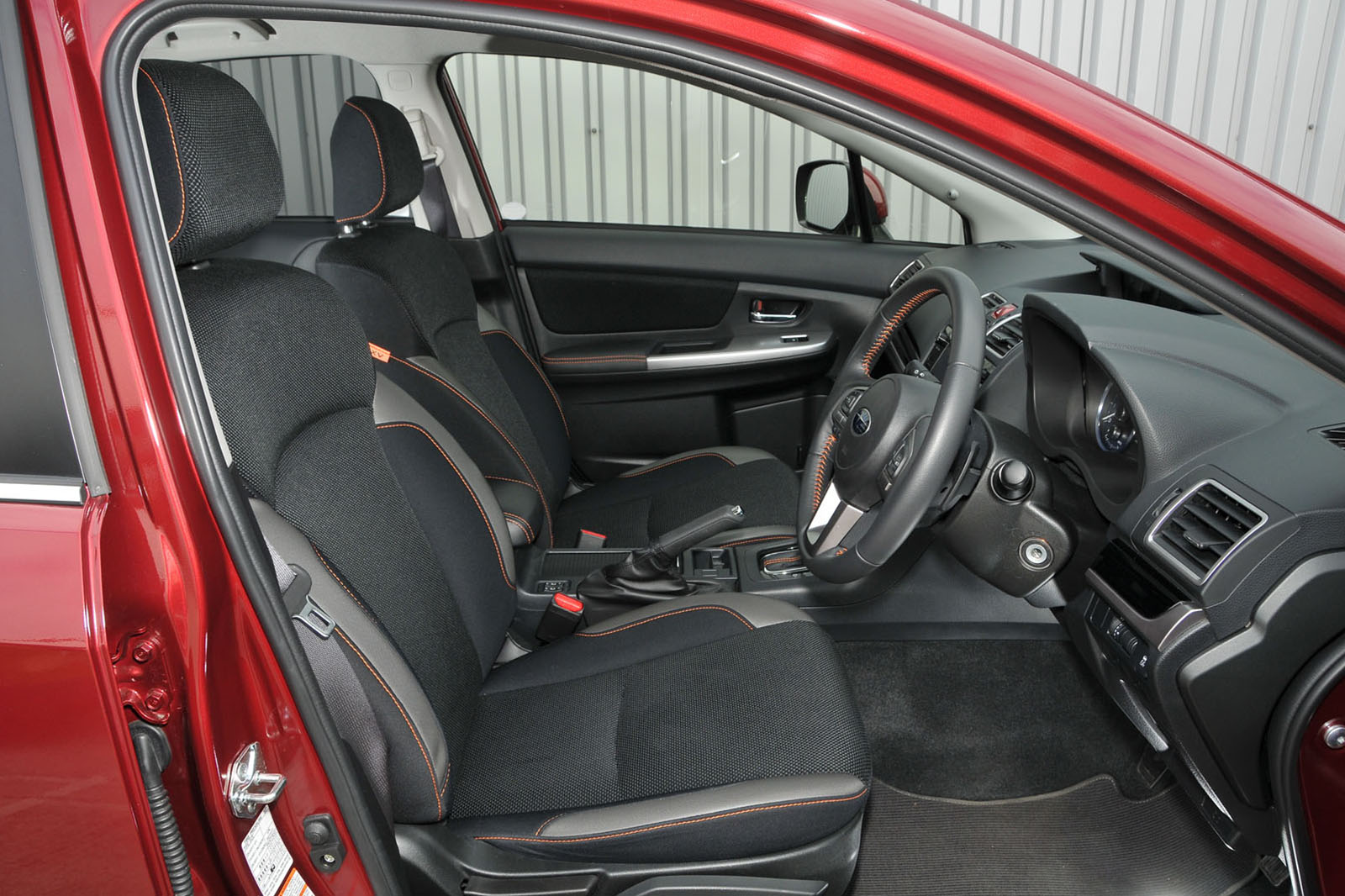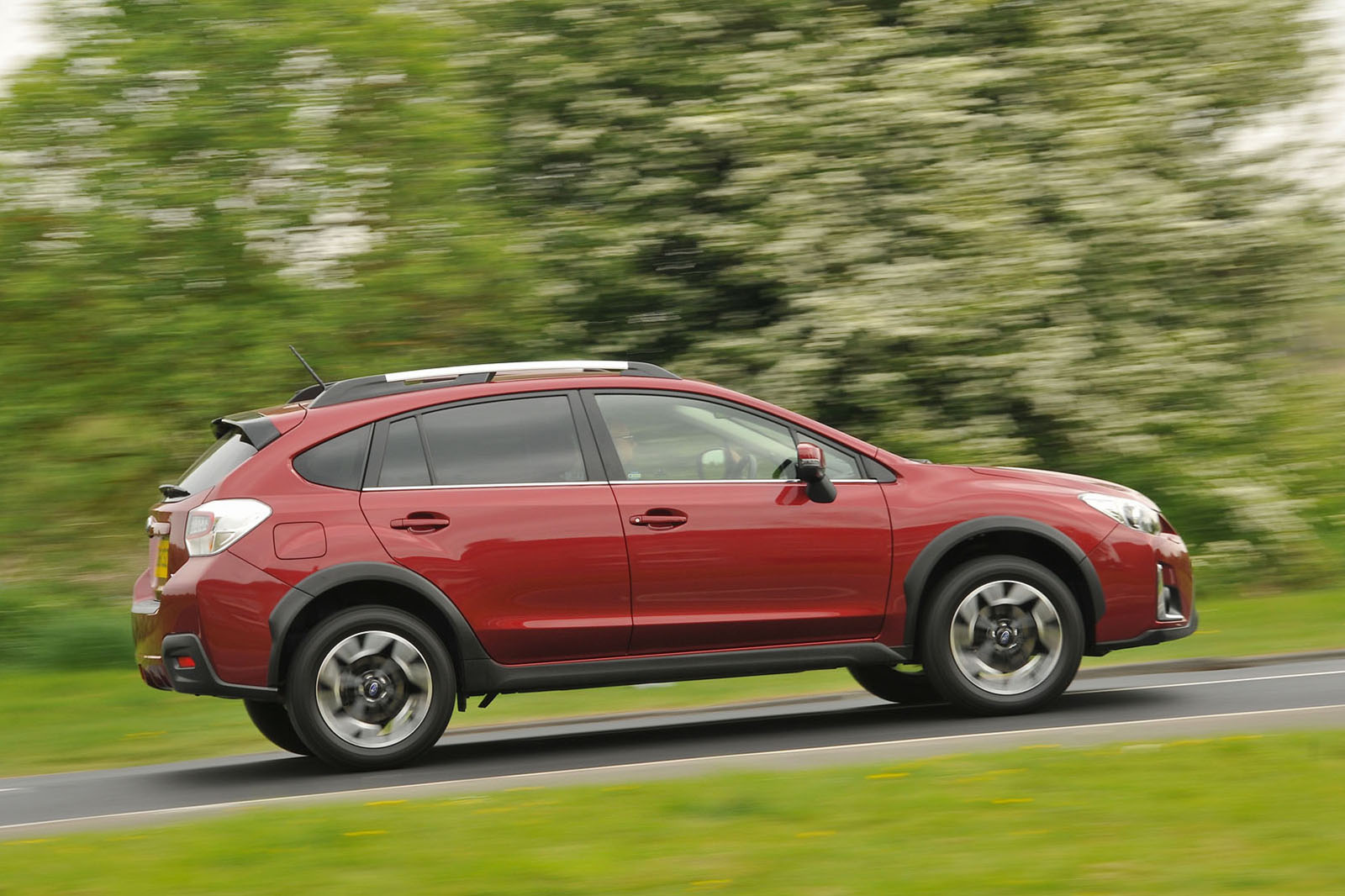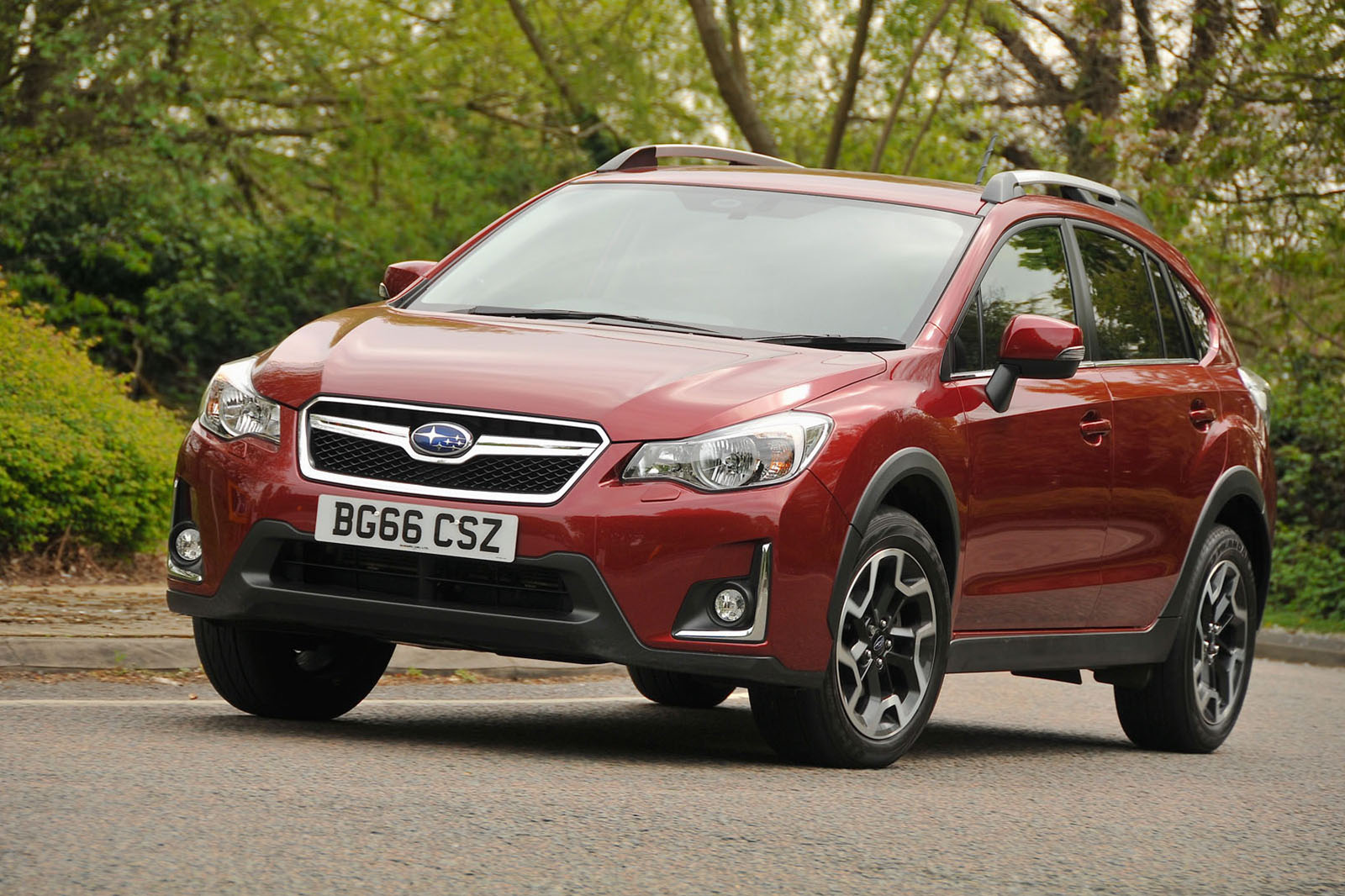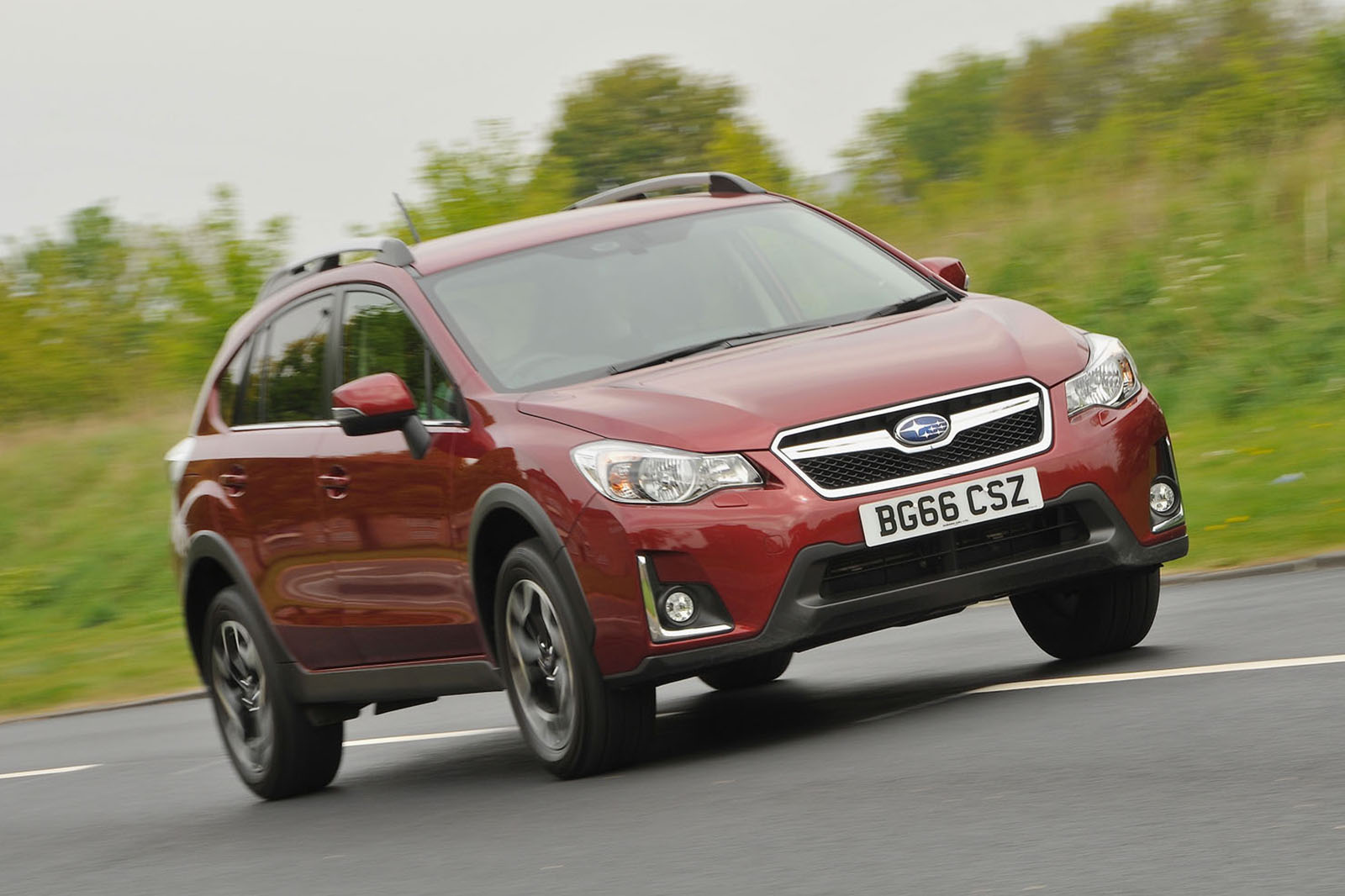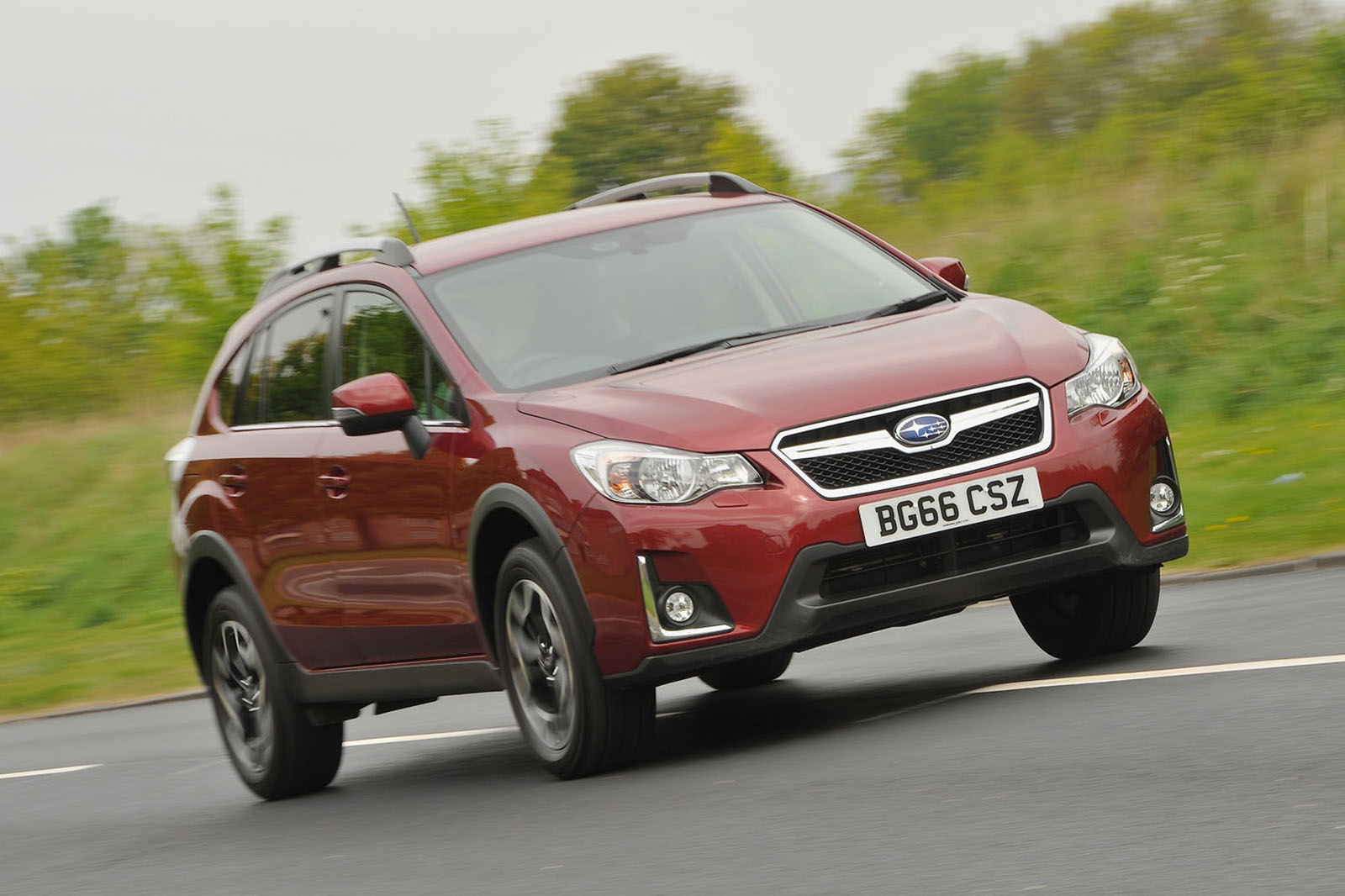Although it may be a little late to market with the Subaru XV, the manufacturer has been making crossovers since before they were fashionable. Its original, the Legacy Outback, came along in 1995 and proved to be a big commercial success for the company.
Now in its fourth generation, the Legacy has 220mm of ground clearance, exactly the same as the XV’s. The Impreza-based Forester, launched in 1997, is a closer relation of the XV, although its estate-only body style gives it more of a utilitarian flavour.
And so the Subaru XV is a crossover for people who don’t like crossovers. Although Subaru’s UK distributor, IM Group, would be delighted to replicate the market success of Nissan’s niche-defining Nissan Qashqai.
The XV, however, is a car that’s almost the mirror image of the Nissan: a proper compact off-roader with full-time four-wheel drive and some serious ground clearance, but one that looks like a fairly ordinary hatchback from the wheel arches up. The next generation XV doesn't lose these rugged charms thankfully, but does include Subaru's Global Platform, which has been developed to improve ride, handling, steering and refinement, revised powertrains and the inclusion of a hybrid variant.
It’s remarkable that it has taken so long for a manufacturer so heavily invested in all-wheel drive to come up with a car like the XV when bigger and less outdoorsy brands considered it a no-brainer in the early part of the previous decade.



